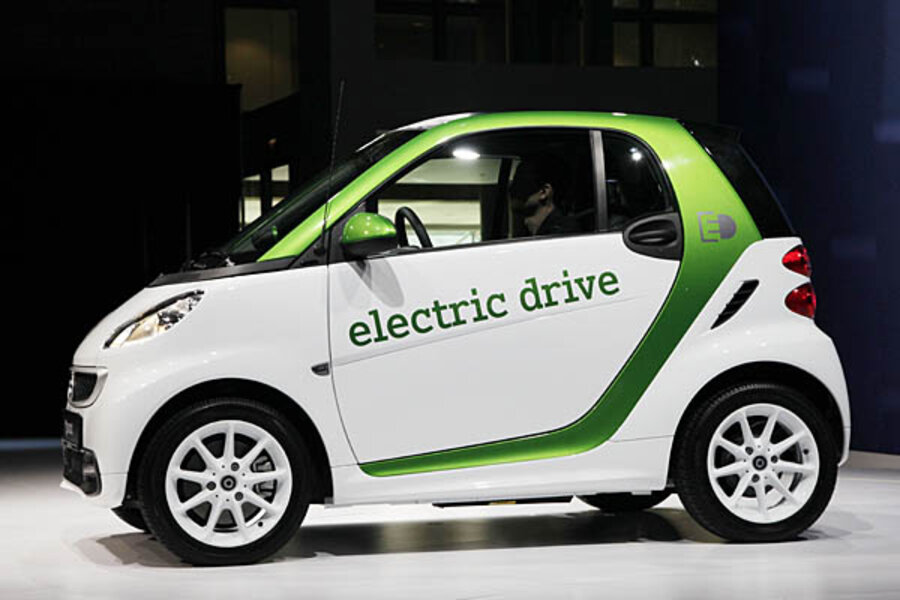Car trends: Small is the new big
Gas prices are soaring. Parking is pricey. The economy is recovering, but still shaky. Add all that up, and you'd expect small cars to be fairly popular in the U.S.
And you'd be right. In fact, small cars are on track to reach a market share not seen since Bill Clinton's first inauguration.
According to the Wall Street Journal, sales of compacts and subcompacts have surged by a whopping 49.9% over the past year. In the first nine months of 2012, dealers moved 2,099,090 of them -- 240,288 in September alone.
By contrast, midsize vehicles are up just 15.8% for the year, large SUVs are down 29.6%, and large cars are down a staggering 79.4%.
As AutoNews notes, small cars now represent 19.3% of new vehicles sold to American shoppers. Compacts and subcompacts haven't represented such a huge portion of the U.S. market since 1993, when they hit 20.5%.
Why is small such big news?
The reasons for America's fascination with small rides are numerous and varied. While some of the trend seems driven by fluctuating economic conditions, in other cases, it may stem from more permanent demographic shifts. Here are a few key factors:
High gas prices: It's no secret that gas is expensive. Today, the average price for a gallon of regular unleaded is $3.82 -- 42 cents higher than it was at this time last year. And if you live in California, the situation is even worse. Small cars are perceived to earn better gas mileage than their larger siblings, which helps explains the public's new-found interest in them. (Note: this perception isn't entirely accurate, since the midsize Toyota Prius is more fuel-efficient than many smaller rides.)
Exciting new models: Fuel economy would mean nothing to shoppers if today's gas-sippers weren't attractive. Thankfully, automakers have given car buyers a range of small cars to peruse, many of which feature great design and fashion-forward technology. Just think of the MINI Cooper, the Dodge Dart, the Chevrolet Spark, and the Ford Focus, the latter of which has seen sales surge 91% in the past 12 months.
Our urban lifestyles: The trend in America -- and in much of the world -- is for individuals and families to relocate to cities. Even people who've stayed in one place have awakened to find their formerly rural neighborhoods overtaken by suburban sprawl. Keeping a big vehicle in urban environments can be far tougher than managing a smaller one.
Cost-effectiveness: The U.S. economy seems to be on the rebound, but until the rest of the world gets its act together (looking at you, Europe), things will remain touch-and-go. Small cars tend to be cheaper than larger ones, and their cost of ownership often is, too.
Eco-friendly attitudes: America has been on an extended "green" kick for several years, and it shows no signs of abating. Even though small cars aren't necessarily greener than large ones, the public often thinks that they are, which has helped turn the heads of today's shoppers.
Small ain't what it used to be: Once upon a time, the compacts and subcompacts that littered America's highways and byways were tiny econoboxes, limited in space and creature comforts. The legal definitions haven't changed much over time: for decades, theEPA has classed cars by interior volume, with compacts having 100 - 110 cubic feet, subcompacts having 85 - 100 cubic feet, and minicompacts less than 85 cubic feet. However, through ingenious use of materials and the addition of gadgets like high-tech infotainment systems, today's small cars don't seem quite as small as their predecessors.
Are you planning to purchase a new vehicle anytime soon? Is a small car on your short list? Drop us a line, or leave us a note in the comments below.






